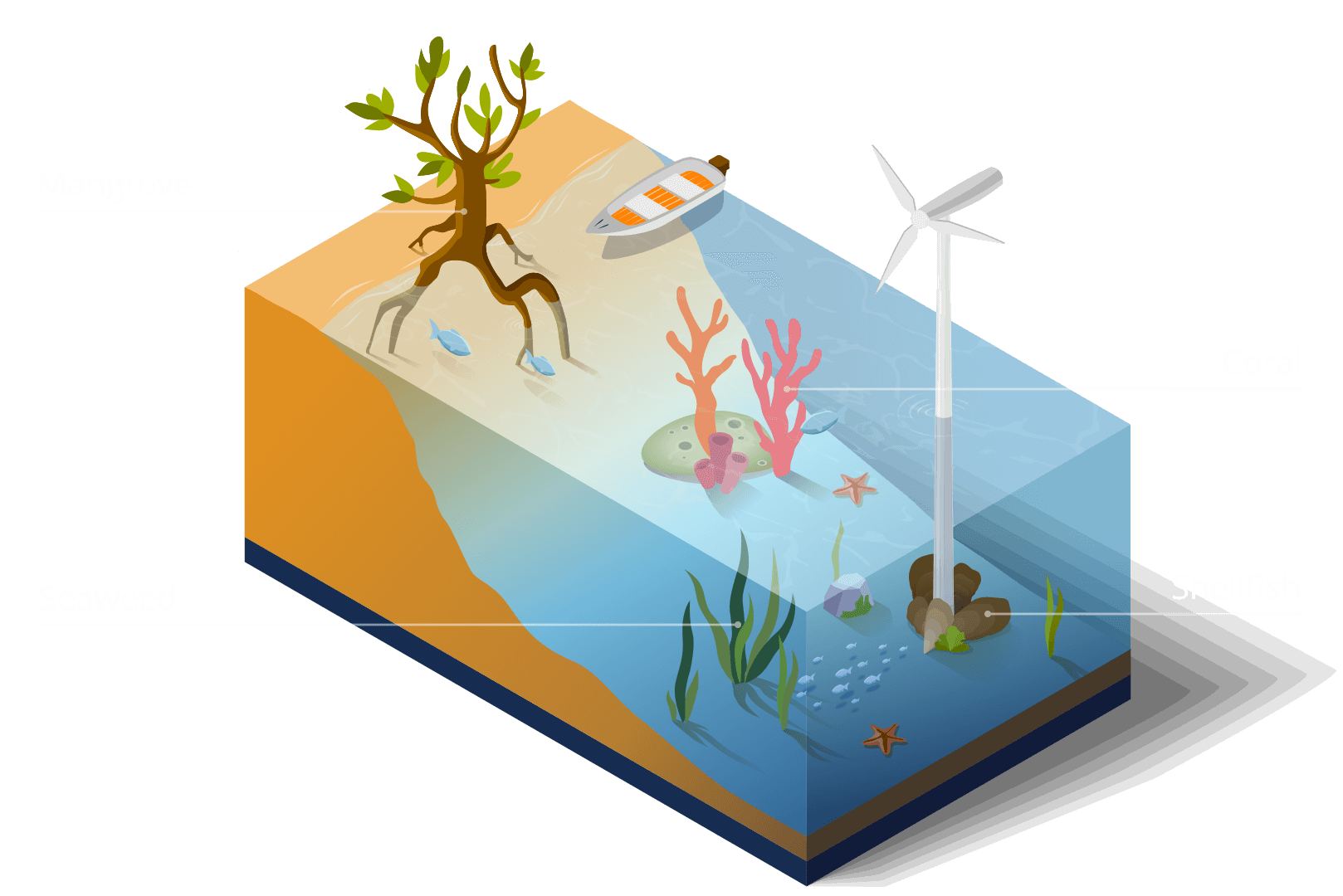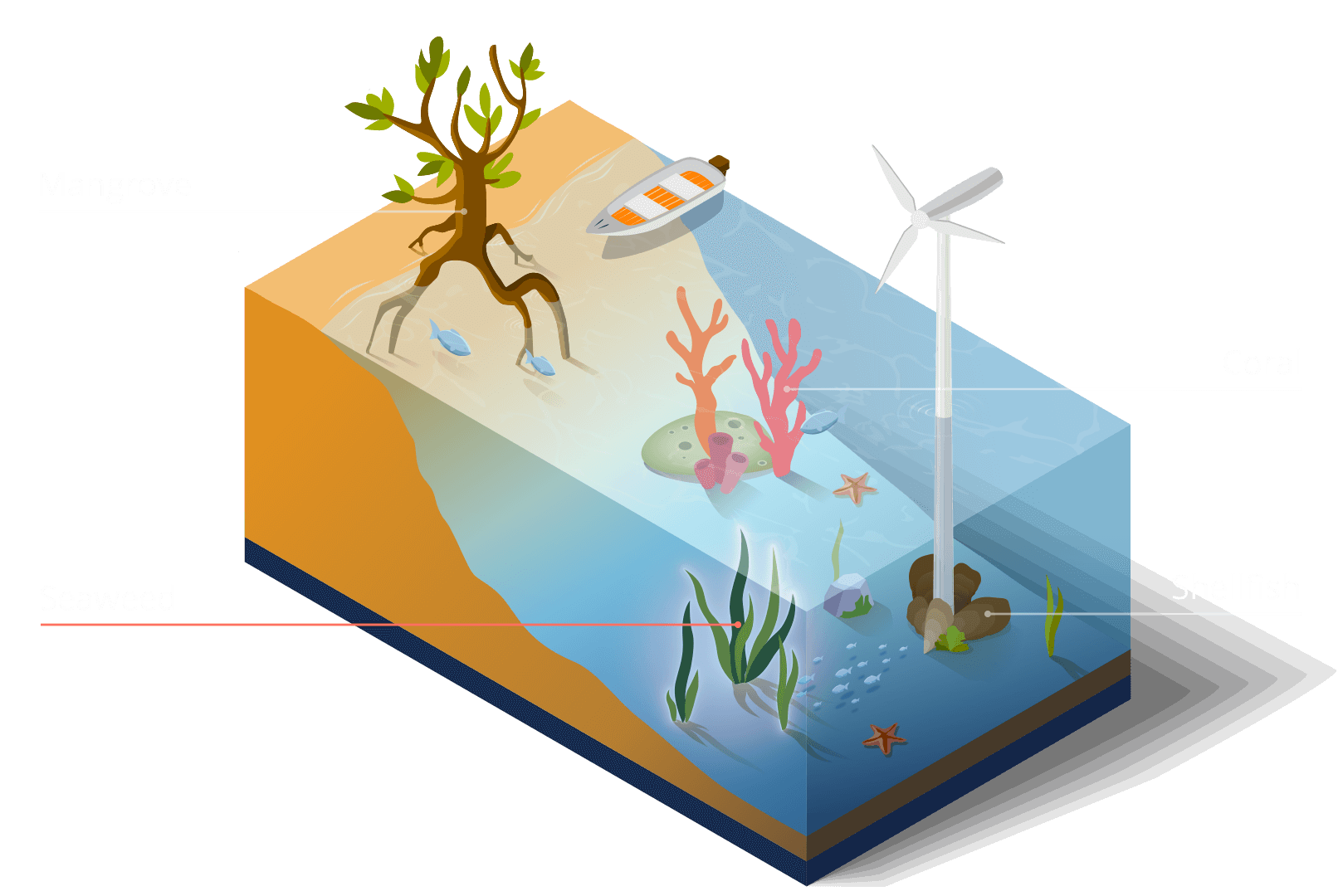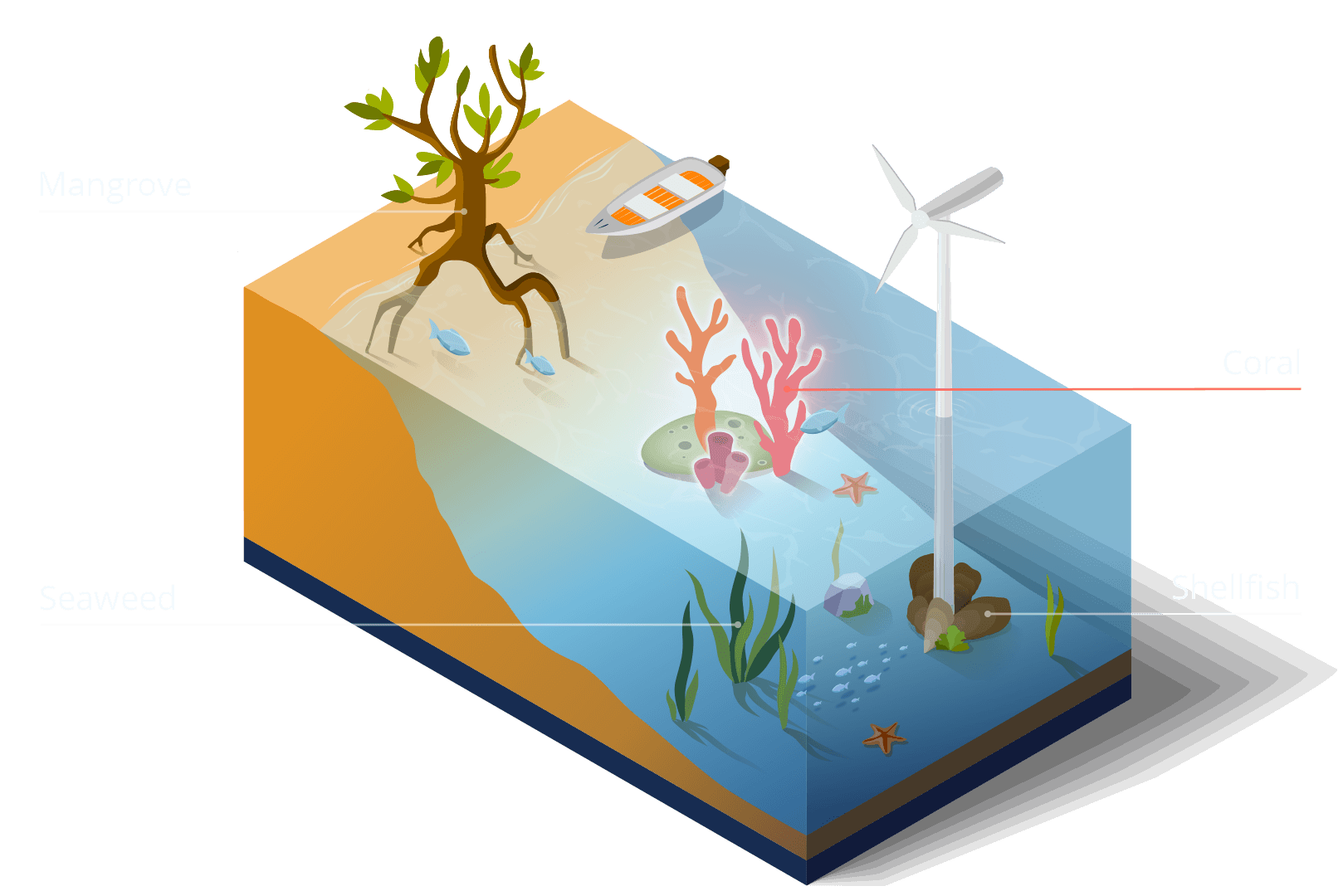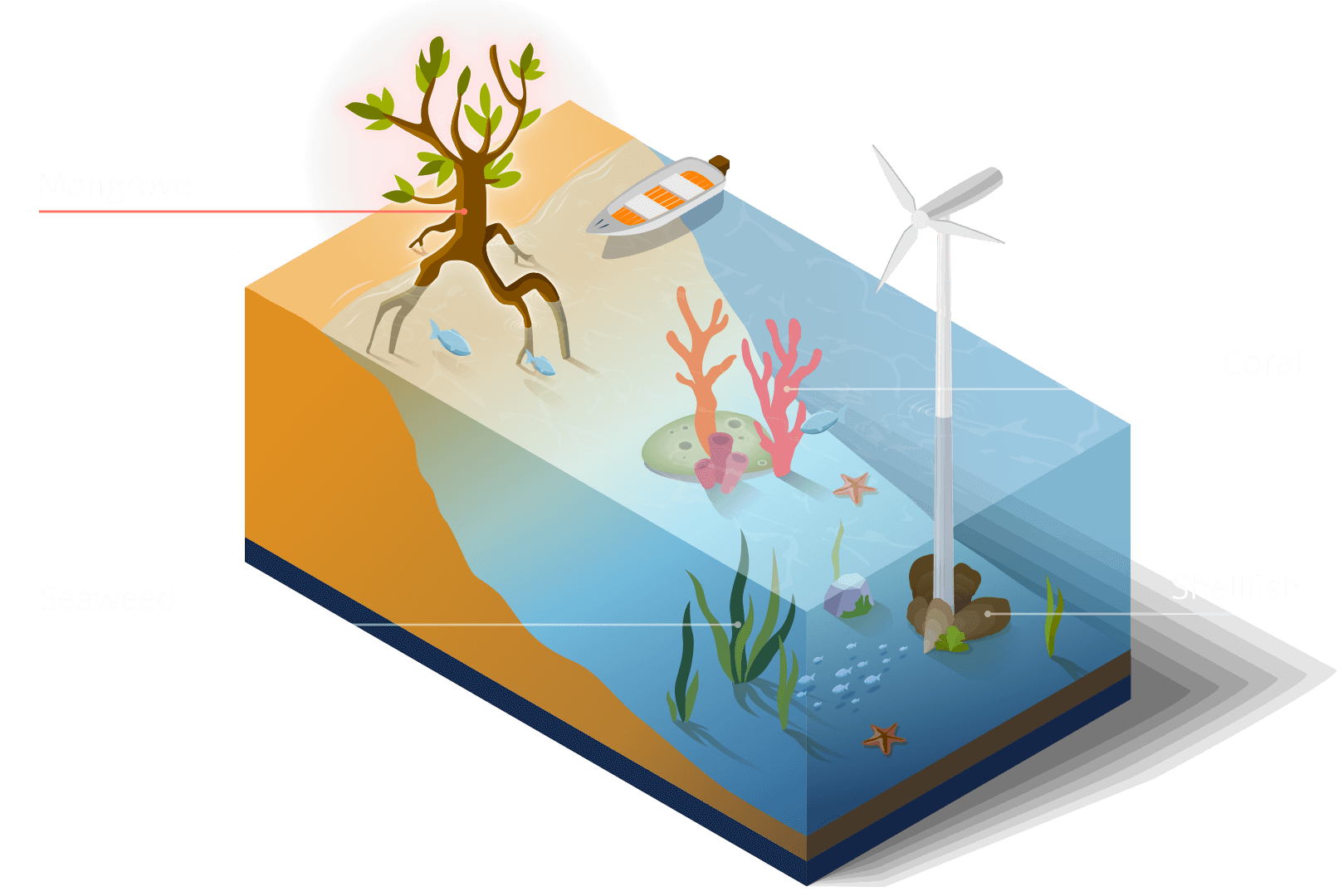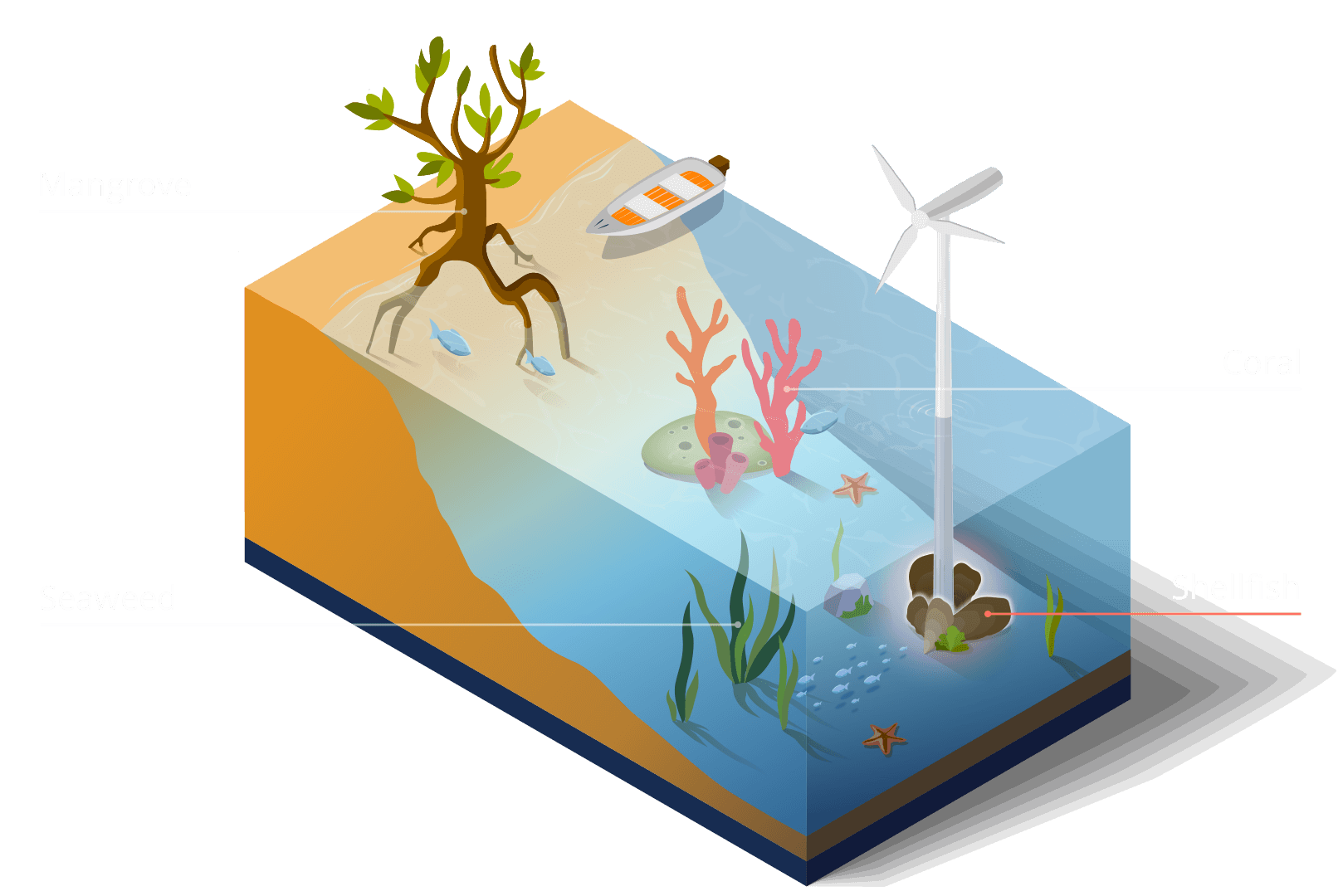Van Oord’s knowledge on large-scale operations in a marine environment, built up over 150 years, is elevated to a new level by Ocean Health. By integrating Ocean Health’s expertise in marine ecosystem restoration, ecosystem services and sustainable business development, we have the ingenuity to implement nature-based solutions at scale.
Healthy oceans for a thriving future
Let’s turn the tide on climate change and marine biodiversity loss, to create a better world for future generations.
Oceans are vital for life
Oceans are the lungs of our planet - producing more than 50% of the oxygen we breathe, our climate regulator - driving global weather systems, and our sustainable food factory - feeding 3 billion people per day.
However, our oceans are degrading rapidly. We need immediate action to protect and restore them, and we need it to be at scale. Not only for the sake of our oceans, but more than that: we need to act for us, our children and all future generations. With this goal in mind, Van Oord founded Ocean Health.
Ready for global ocean action!
We need to act now

1.5 degrees celsius increase by 2040
The temperature on our planet increased by 1.0 °C since 1900. IPCC predicts global warming to exceed 1.5 °C increase before 2040, leading to extreme heatwaves, floods, droughts and loss of valuable ecosystems.
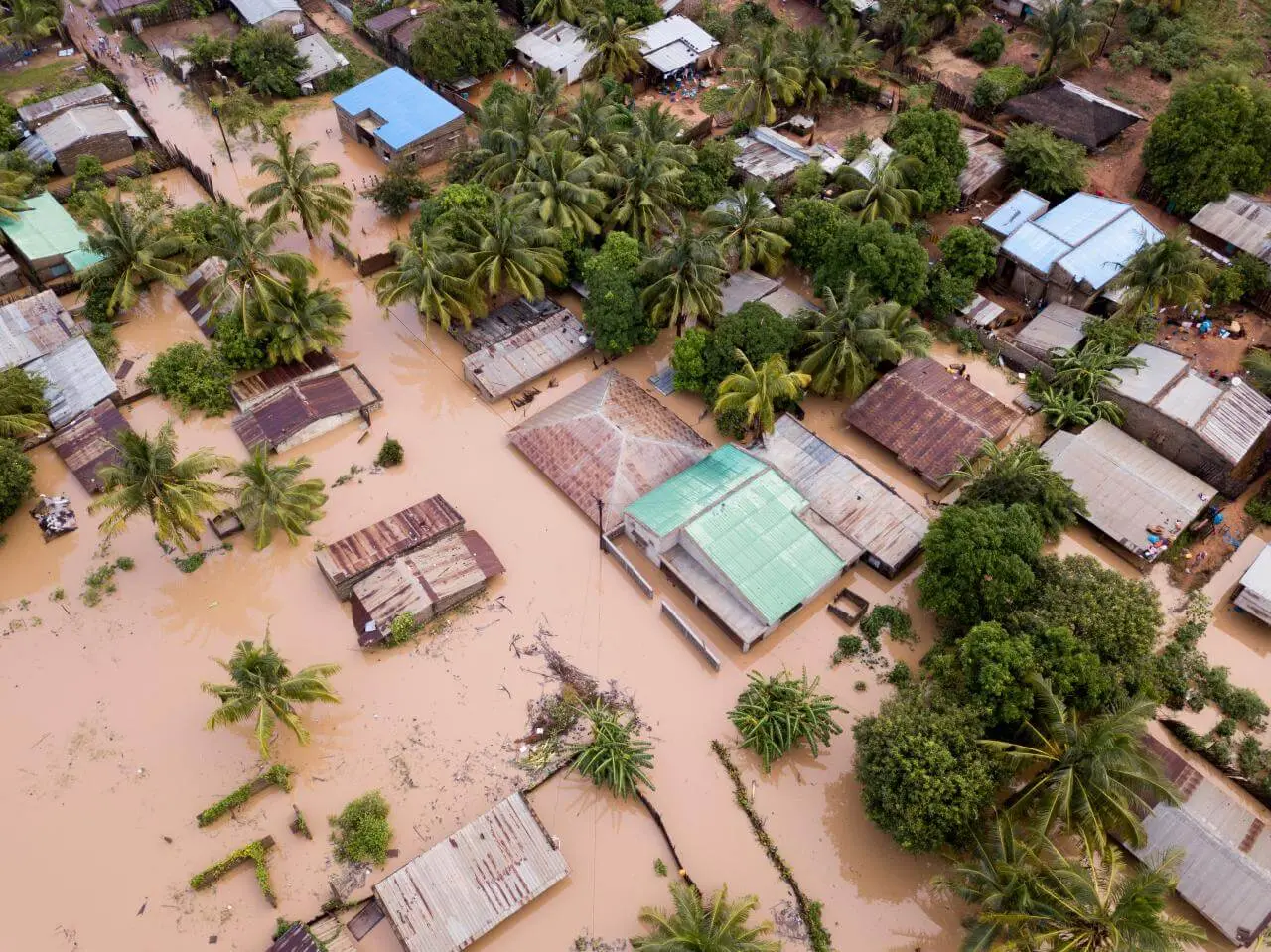
Up to 0.76 m sea level rise by 2100
Glaciers and polar ice are melting at a rapid pace. In IPCC’s intermediate scenario, sea levels will rise with up to 0.76 meter until 2100 (compared to 1995-2014). This threatens the livelihoods of tens of millions of people.
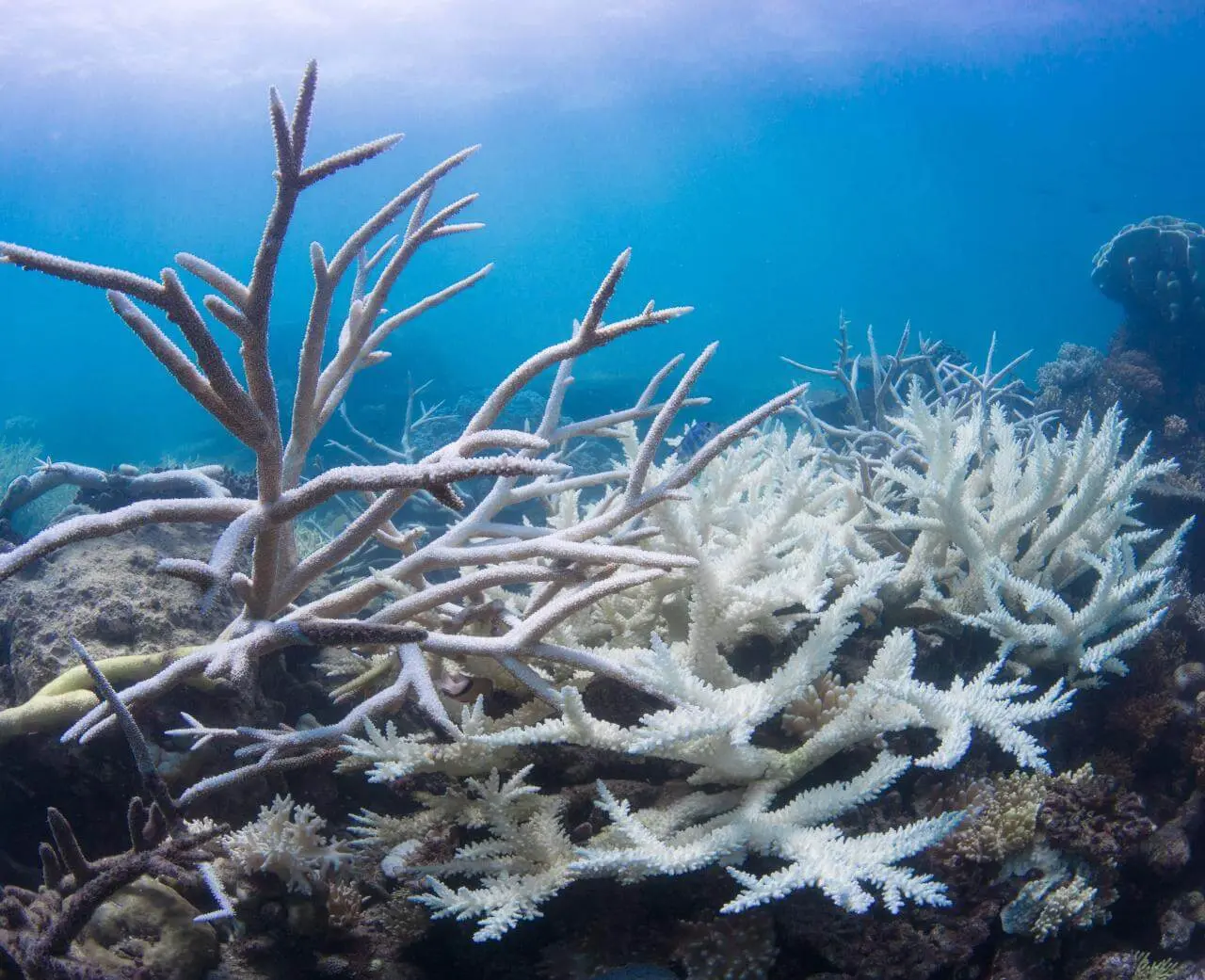
A million species at risk of extinction
Currently, 1 million species are threatened with extinction globally. The oceans are home to many of these; more than a third of all marine mammals and corals are at risk of extinction.
Our impact-driven approach
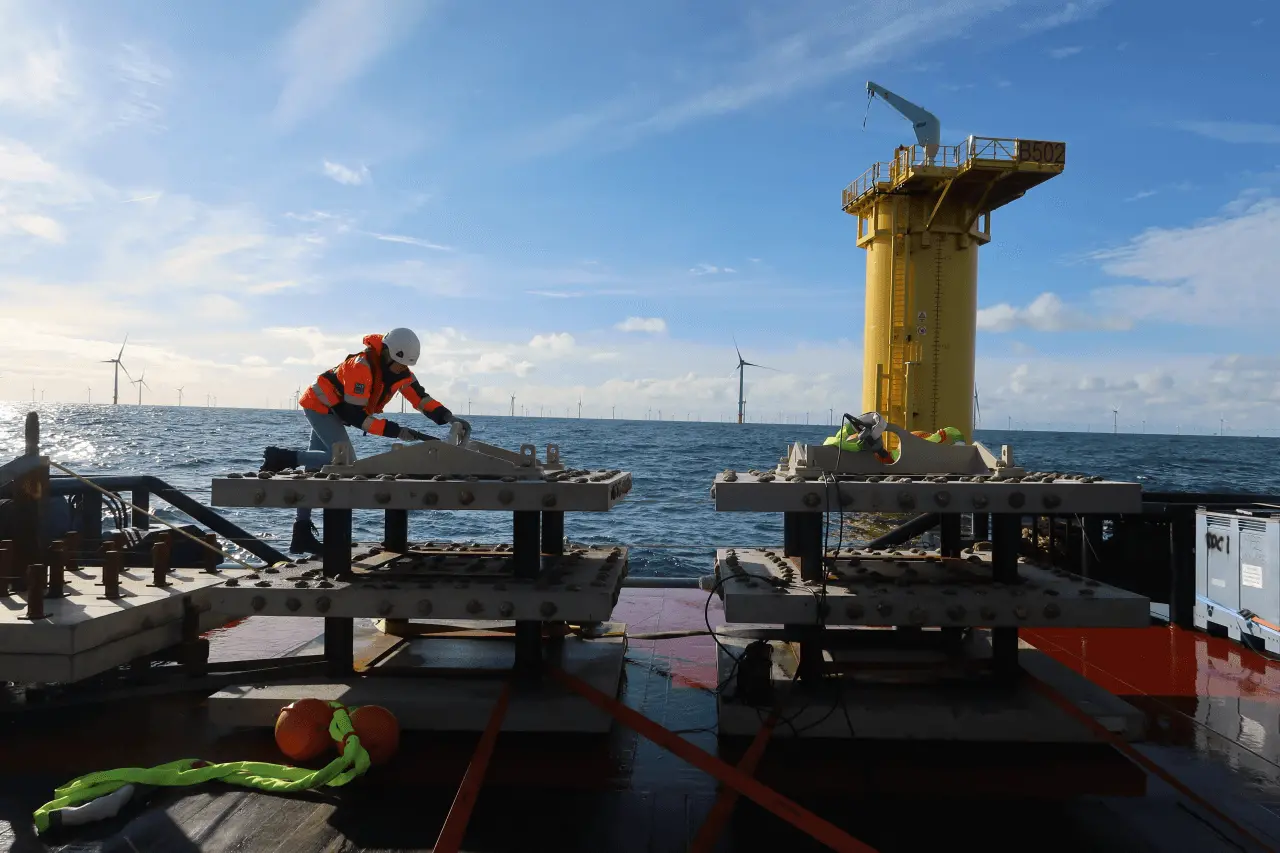
Marine ingenuity

Future-oriented
The belief that our actions of today have impact on the generations of tomorrow is embedded in our horizon. We want to leave behind a prosperous and liveable planet, with healthy and thriving oceans for all future generations. To realise this goal, we understand the urgency to act now.
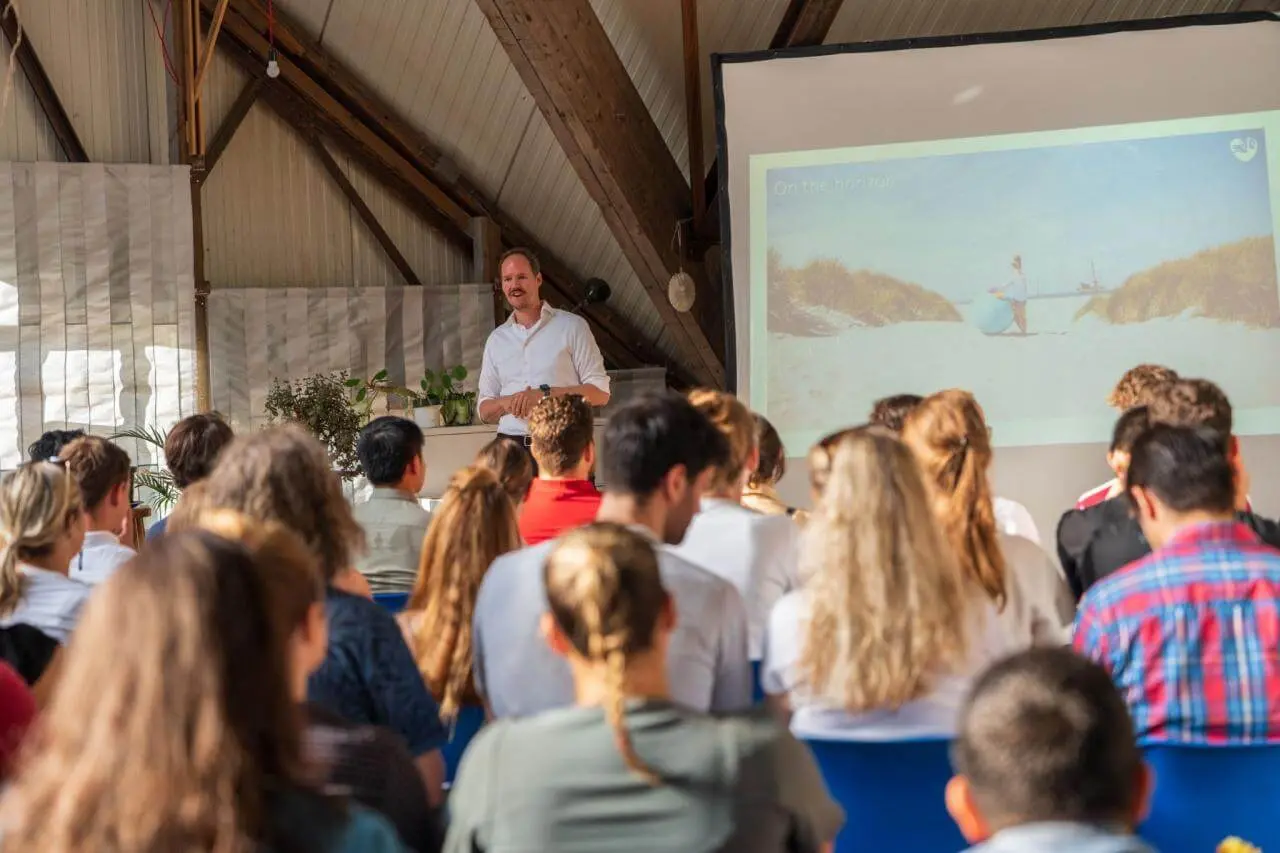
Global business ecosystem
With a mindset that promotes entrepreneurial agility, we develop unique, sustainable and scalable business models to meet the needs of our clients worldwide, targeting global marine ecosystem restoration to leverage ecosystem services. We connect relevant stakeholders and implement smart-financing models.
